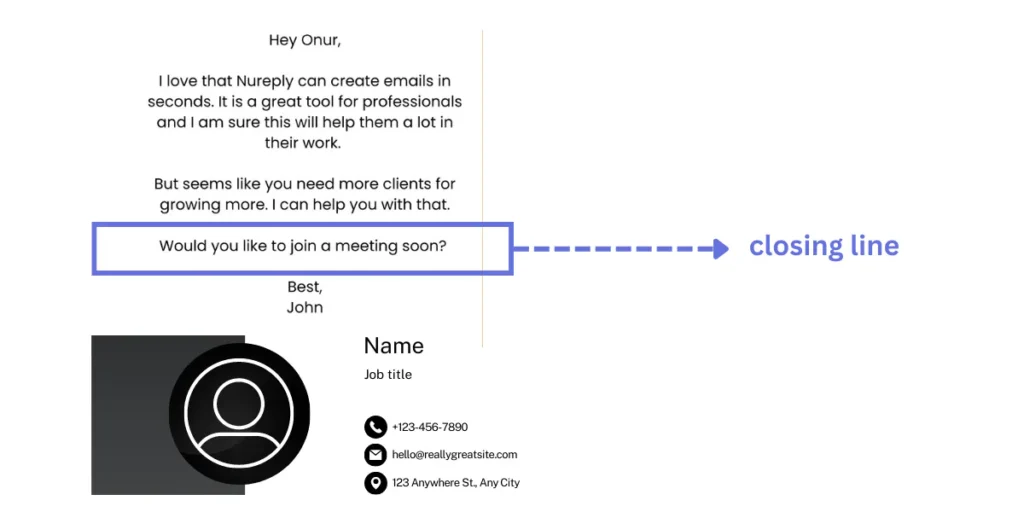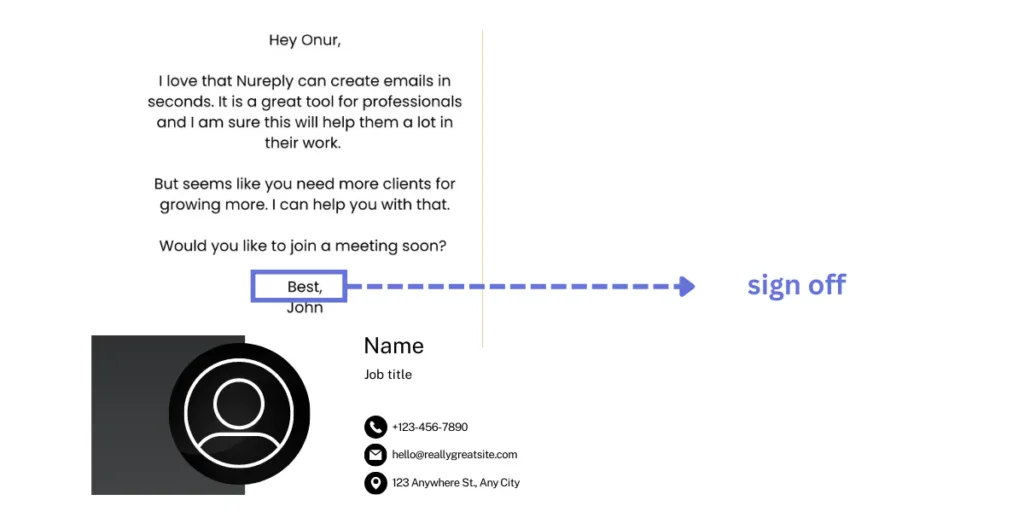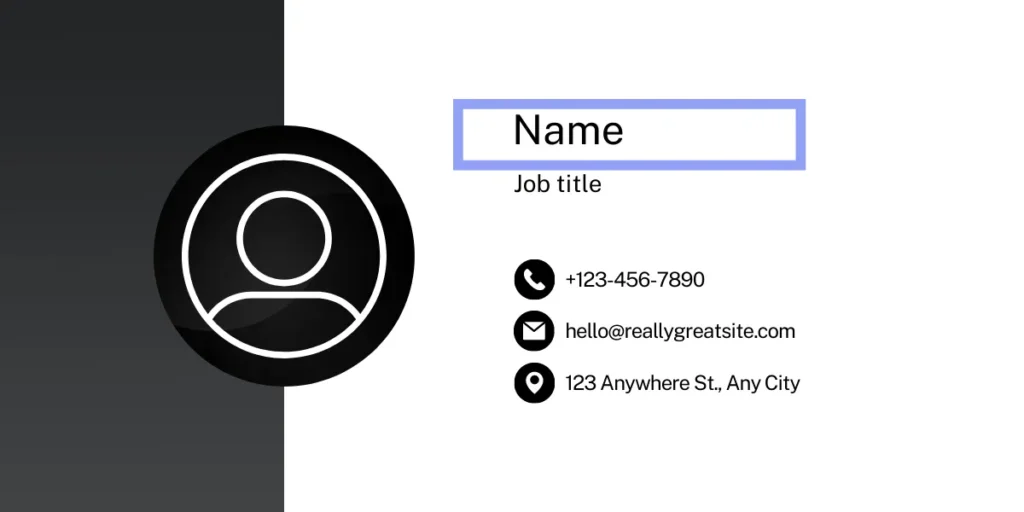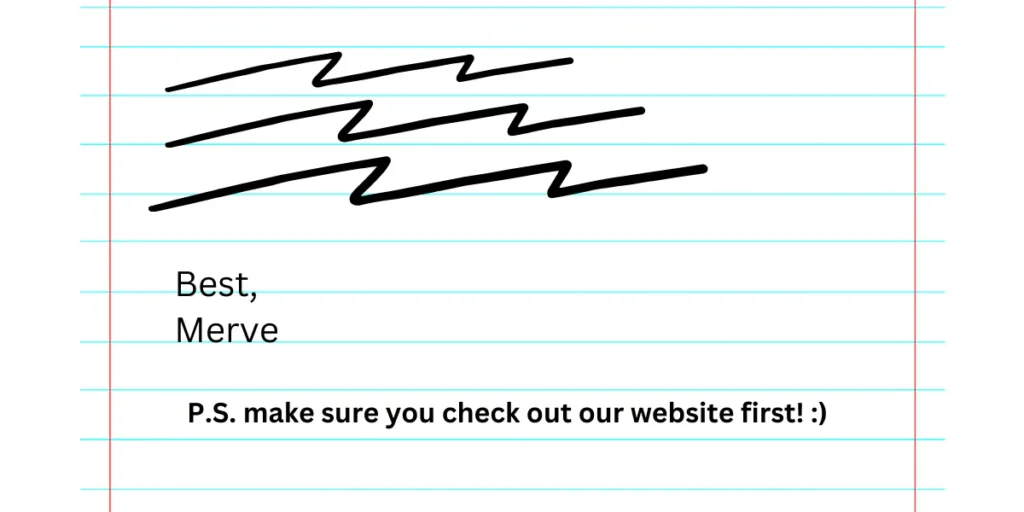How to End a Cold Email
Why it’s important to know how to end an email
There are some regulations around ending your emails according to the CAN-SPAM act. (This act might not be recognized in every country so it is important to make sure that you know what regulations are covered in your country if you are sending a business email.)
It is important to not fall into the spam trap as in some countries cold email is considered to be spam and can be illegal. For more information about whether a cold email is legal or not, and the differences between spam and a cold email you can check out our blog posts around the subject for further information.
Knowing how to successfully sign off and close and email will be helpful for you in the long run since you can get increased response rates and can go in the right direction for your email etiquette.
Your entire message in your cold email will depend on the email sign off you write, as you want to leave a positive impression on your prospect and make sure that the email message reaches its aim with giving trust through the ending.
How to end email – especially a cold email?
The structure of the ending of an email is quite easy to follow.
First, you should write your email closing line (or the call to action) of your cold email to let the recipient know about what you expect of them to do.
Secondly, a charming sign off to get the attention of your recipient.
And lastly, the email signature where you give your contact info and make sure that your recipient can reach to you in the way they would prefer.
Email closing line

In cold emails, email closings are also called the call to action, as that is the very main point of a cold email. Email closing remarks are used to make the recipient complete an action you demand of them – in a polite way.
Email closing lines are one of the most important parts of a cold email once they get opened as the receiver will be thinking what does this person expect from them. It is a good idea to make the distinction between a cold email and a marketing email, as you do not want to be completely dismissed like the rest of the ads that line up in your prospect’s inbox.
Writing an email closing sentence with a clear call to action is really helpful for your cold email campaign. Many people are drawn to the way that email closing lines call people to action and make them do something. Letting your prospect know that you are looking forward to hearing from them and that you expect a response in some way might make them answer your email.
There are different types of email closing lines. To give an example, in a business email you can ask them about whether your recipient would be free for a meeting next week. This type of email closing sentence can give your prospect a sense of urgency, as if there is a time period that they should fulfil this request, and can increase the chances of driving them to respond.
For a more formal closing phrase, you can use a professional tone you can simply say that you are looking forward to hearing from them and move on to the email sign off.
Email sign off

An email sign off is the last and short part at the end of your email body that, right below the email closing sentence, right above the email signature.
You can signify the call to action in the email sign offs and make sure that you expect your recipient to reply to your cold email.
To sign off your email correctly, you should consider the whole email as a whole and end it as if it is the conclusion part of your email body.
In professional emails, it is a good idea to keep things simple and use basic email sign offs that you can see everywhere, for example “Best regards.” But remember that your sign off is supposed to be the very end of your email, which means it should work according to the message you are trying to deliver.
For example, if you are asking for arranging an email in your general sign off, you can say “thanks in advance” or “thank you for your time” to indicate that you are grateful that they’ve read that email to the very last bit of it.
Your name

Essentially your name could be included in the email signature bulk as they all come together at the very end of your email, we wanted to make sure of one thing.
It is important that when you are sending a cold email, you should write your full name and not only the first name in the ending of your cold email as it is important for your recipient. Even though we recommend using the first names in the from and subject line sections, it is a good idea to include the full name at the very end.
You can also skip the name by writing your name with your company in the from section. For example: “Merve from Nureply”. This way you can write only the company name at the very end of your email signature and move on to the rest of it.
Email signature
After writing your name (or company name), next comes the rest of your email signature.

Here is an example of how could a signature look to end an email. We believe that using a professional email signature template is not a good idea and that being original is important as personalization in cold emails are amazing in every aspect possible.
Writing emails are unavoidable in daily business communication. A big chunk of business correspondence is handled through emails. Knowing the whole email etiquette, sending an email professionally is a plus for your campaign to get a positive response.
Making sure that you know how to write a perfect email closing, a good sign off, and then completing it all with a perfect signature is a great way to show that you know how to do things on a professional level.
How to write an email signature
An email signature is a block of text at the very end of your email where you put your contact info, company name, current job title, your valid physical postal address (of your company).
According to the CAN-SPAM act, a business email that could lead to commercial usages must include the postal code, so be careful on that as each email that violates the regulations can be “subject to penalties up to $46,517”.
Remember that professional email sign offs must include your name, company, position, a direct phone number or email address. It is also a good idea to include the link to your website of your company in your professional email.
Another good idea is to send your emails to introduce your brand through your business email and not the personal email. If you would like to make your email sound more causal rather than formal, you can still add the company name to make sure that the email was sent professionally.
How to sign off your cold email
Every single email you sent to your email recipient will make or break the email as it will be the last thing they see in your email, so you would very much like to leave a positive final impression.
Informal sign offs are friendly and warm. It might feel like you are looking forward to hearing from a friend. An example of an informal email could be a sales email. You can write your closing sentence to show your prospect that your product or service could fix a problem they have.
To email professionally, on the other hand, you can choose a closing remark with a more formal sign off. A professional email closing phrase is good for asking for further communication in B2B settings. They are a good way to arrange meetings to let the know your recipient know about your business or company. Professional email endings tend to be shorter and to the point like “best regards” or “warm regards”.
According to the way and the tone you would like to write your email, you can choose your fitting sign off with the examples given below.
Examples of cold email sign offs
There are different types of email sign offs and it is good to know the appropriate sign off to use for your specific email. These different types of sign offs include professional closing lines (for professional emails or business emails), a simple polite closing line, and friendly closing line.
According to where you are with your potential customers in your sales funnel, how you would like to represent your company or business, and how your prospect might receive the tone you use, you can choose the right closing remarks for you cold emails.
Remember that these are only examples of sign offs and we do not recommend using a direct copy-paste approach when it comes to writing cold emails as we have talked about this when we gave tips on cold outreach.
Sounding like a template or using cold email templates are bad for your cold email campaigns are to be avoided. Instead, use these examples as a guide and how the overall tone should be in your cold emails.
Professional closing line (for a business email) and sign offs
A professional email is written in a formal tone for a formal email and are sent to cold contacts with business relations in between. These types of emails are used in a business setting and sometimes can come off as a little too intimidating.
If you choose your business setting or company to have a more casual way of approaching the prospects, you can use friendly closing remarks as well.
A formal closing phrase, or a professional closing line is the type of closing line you use for sending a business email. Professional email closings are used to indicate a sense of respect between the sender and the recipient.
Here are some professional email closing examples:
Thank you for your time
Would you be free for a meeting next week?
Please let me know if you have any questions.
To pair these email closings with sign offs, you can use these:
Kind regards,
Best,
Respectfully,
Friendly closing line and sign offs
Friendly closing remarks are almost opposite of the professional email closings, as they are written in an informal email. If what you were writing weren’t a cold email and you were writing this email to one of your close friends, then just your first name would be enough.
However, remember that in cold emails, you are reaching out to a person with no prior contact. It is incredibly important to include all your contact info to make sure that your recipient gets to know who you are.
Some friendly email closing lines are:
Let’s chat over a coffee.
[an offer]. What do you say?
Thanks a lot for your time
You can pair these closings with cool sign offs like:
Adios,
Peace!
Take care,
Polite closing line and sign offs
If you are in between and are not sure whether to use fully professional email closings or simple friendly ones, you can choose polite lines that are both professional and friendly in its core.
Using words like “Adios!” or any other slang could give the wrong message and not sound too polite as we want to stay in the middle somewhere. Our aim is to basically come off as friendly but not turn these into super informal emails.
To give some closing examples:
Please let me know what you think
I hope you have a great weekend
To pair some sign offs with these, you can use:
Warm wishes,
Best wishes,
Kind regards,
5 Tips for closing your cold emails
Here are some tips for writing closing phrases than can help you in your email campaigns.
1. Build relationships

Cold outreach is never about selling something, it is completely different from a sales email (or a marketing email). However, it might bring you new customers and close deals in the long run. To get to that level of trust with your prospects, you can start building relationships through your cold email endings.
2. Ask questions
In a real life conversation, people ask questions all the time. As you are the one that is sending the cold email to someone you’ve never contacted before it is a good idea to ask them a question to turn that dead-end cold email into a conversation.
“Looking forward to hearing from you” is good enough but for a more professional closing you can ask a question to drive them to answer.
3. Use a charming CTA
The email endings with a charming call to action have higher response rates. Using closing phrases like “Wanna chat over a coffee?” is better than “Arrange a meeting on our website.” in friendlier emails.
Even in a formal email, saying “Arrange a meeting on our website.” won’t get you that meeting. As we have talked about in the previous tip, ask questions, it makes the whole conversation more flowy and not one sided.
4. Add a friendly P.S. section

After you have completed your email, you can add a P.S. section to make your email sound friendlier.
Keep in mind that your email message should fit your email tone so this tip wouldn’t be as effective or sound as professional in a formal email.
5. Thank your prospect
Showing gratitude to end an email could work for some prospects and the best way to do that is to thank them. Thanking them for their time is a good way to show that you are grateful that they’ve opened the email, read the email to the last bit – and maybe even they can respond to it as well?
Every part of your email is connected to one another and if you choose to write an email closing with thanling your prospect, then you can write your CTA with asling a question, too. It is always about keeping a well balance when it comes to the unity of your cold email.
After all you don’t want to thank too much or ask too many questions at once as it could confuse your prospect.
Conclusion
The closing of a cold email is an important part of making a connection with your potential customers and later on for your sales. It’s the last chance to make a good impression, and it should be crafted with care.
A good closing should be polite, clear, and concise. It should also make it clear what action the recipient should take next. By writing a strong closing, you can increase your chances of success and make sure that your message is as effective as possible. Furthermore, it will also help you create a professional reputation and establish yourself as an expert in your field. Taking the time to craft a good closing for your cold emails is a worthwhile investment that will pay off in the long run.


